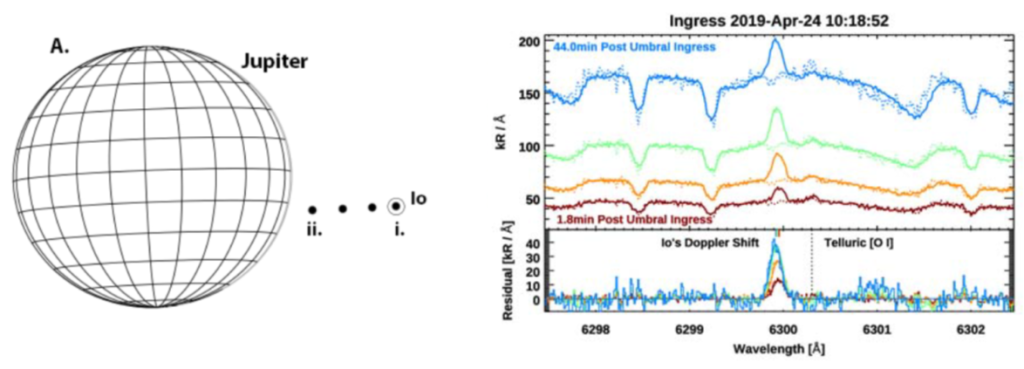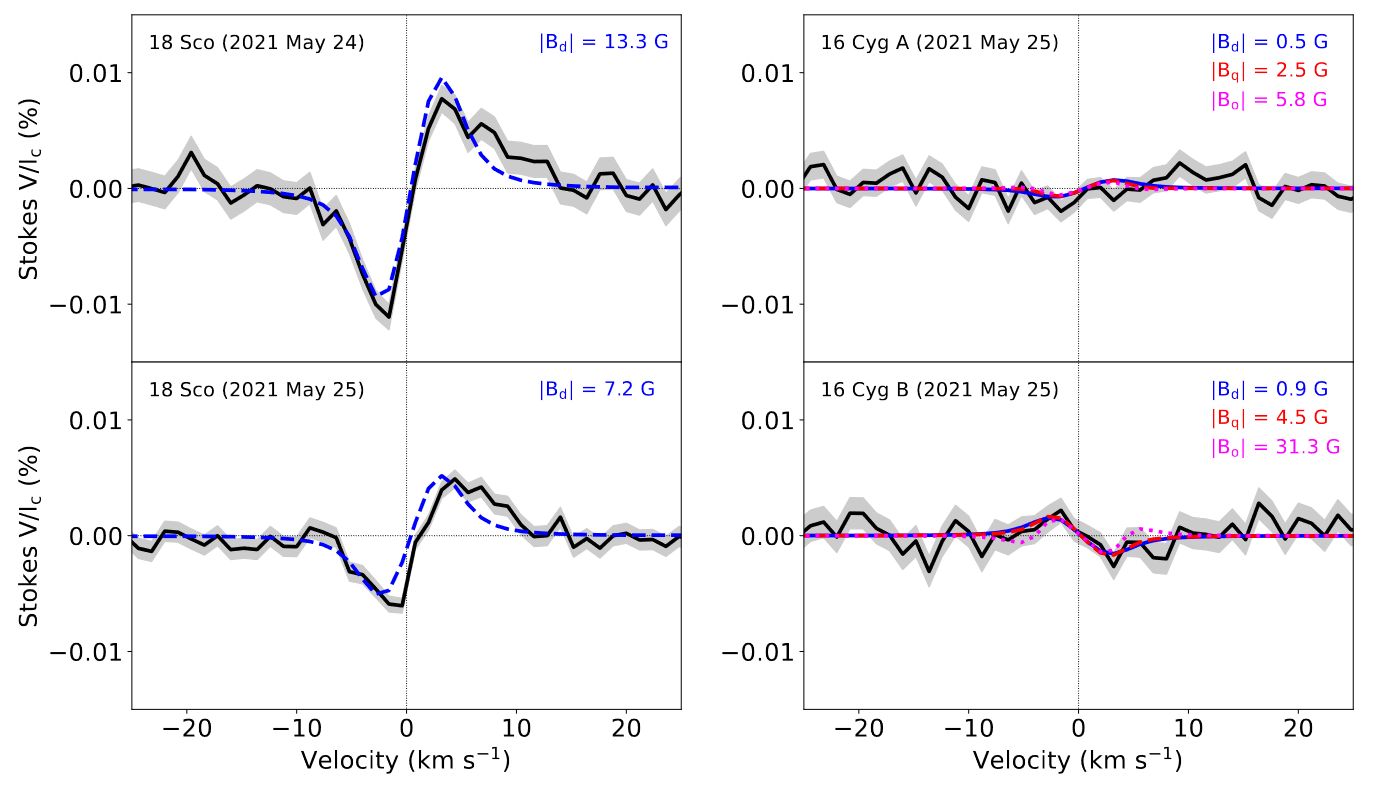During the first half of their main-sequence lifetimes, stars rapidly lose angular momentum to their magnetized winds, a process known as magnetic braking. Recent observations suggest a substantial decrease in the magnetic braking efficiency when stars reach a critical value of the Rossby number, the stellar rotation period normalized by the convective overturn timescale. Cooler stars have deeper convection zones with longer overturn times, reaching this critical Rossby number at slower rotation rates. The nature and timing of the transition to weakened magnetic braking has previously been constrained by several solar analogs and two slightly hotter stars. In this Letter, we derive the first direct constraints from stars cooler than the Sun. We present new spectropolarimetry of the old G8 dwarf τ Cet from the Large Binocular Telescope, and we reanalyze a published Zeeman Doppler image of the younger G8 star 61 UMa, yielding the large-scale magnetic field strengths and morphologies. We estimate mass-loss rates using archival X-ray observations and inferences from Lyα measurements, and we adopt other stellar properties from asteroseismology and spectral energy distribution fitting. The resulting calculations of the wind braking torque demonstrate that the rate of angular momentum loss drops by a factor of 300 between the ages of these two stars (1.4–9 Gyr), well above theoretical expectations. We summarize the available data to help constrain the value of the critical Rossby number, and we identify a new signature of the long-period detection edge in recent measurements from the Kepler mission.

Read more: Metcalfe, T., Strassmeier, K., Ilyin, I., et al. 2023, ApJ Letters, in press (arXiv:2304.09896)









